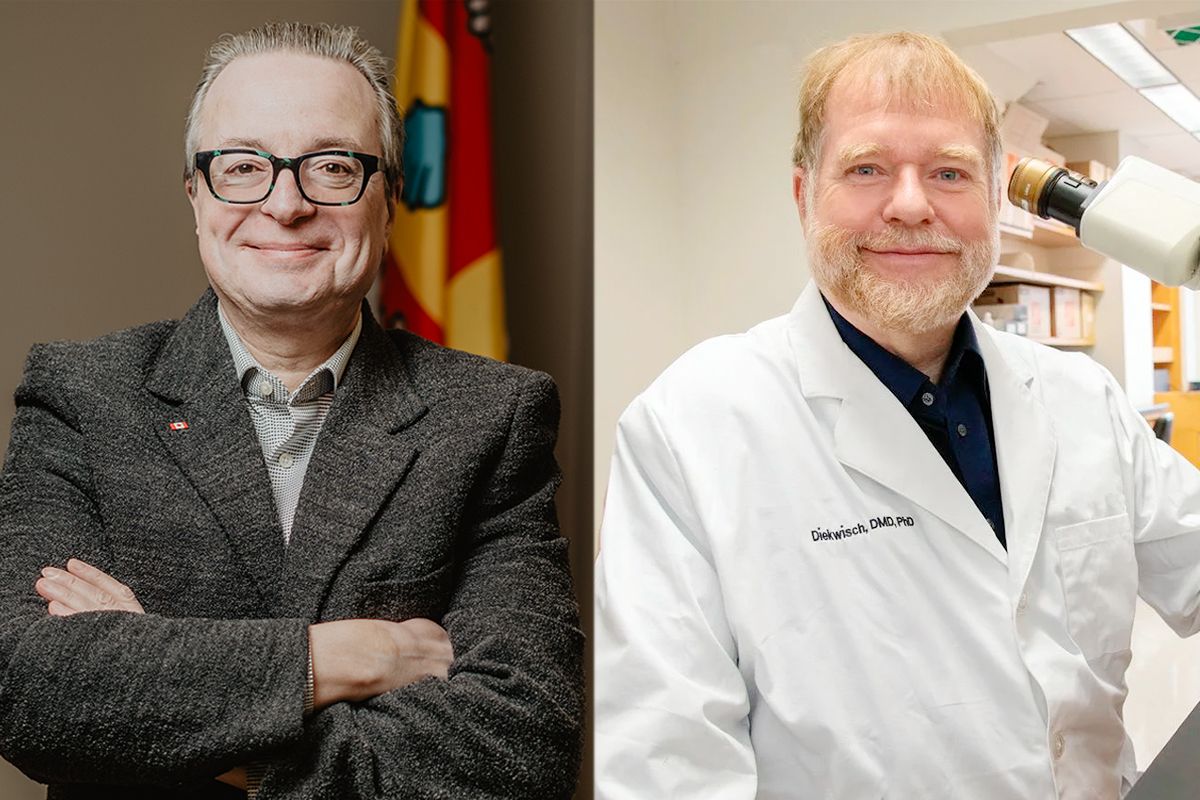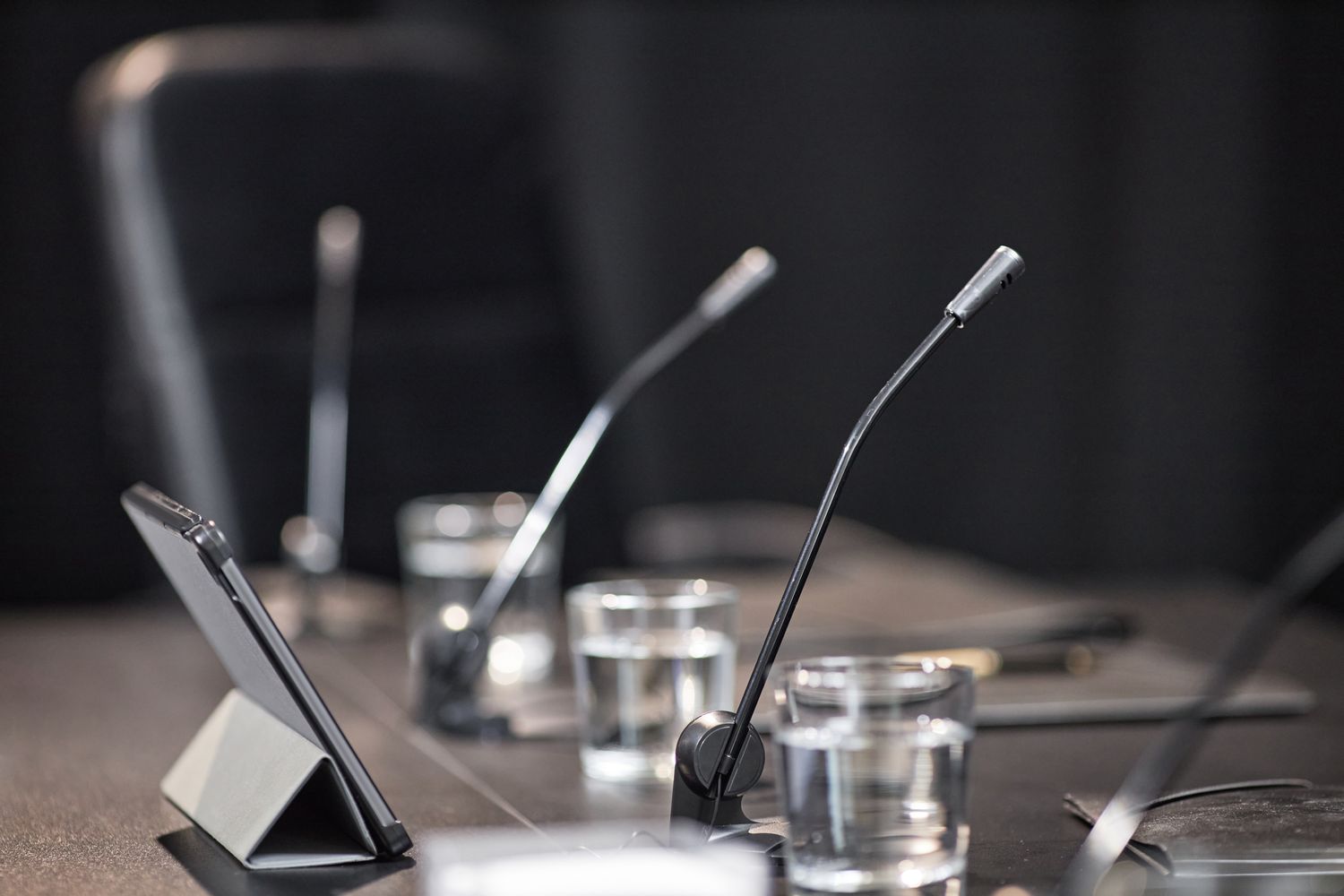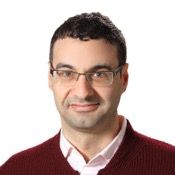
2025 15th Tooth Morphogenesis & Differentiation Conference (Corfu, Greece)



Agnes Bloch-Zupan
Strasbourg, France
Kristin Bruk Artinger
Minneapolis, USA
Axel Visel
Berkley, USA
Katsu Takahashi
Kyoto, Japan
Luiz Eduardo Bertassoni
Portland, USA
Rena N. D’Souza
USA
Jim Simmer
Michigan, USA
Ophir Klein
John Bartlett

Faleh Tamimi
Ann Huysseune
Abigail Tucker
Location
Corfu Holiday Palace
2 Nafsikas Kerkira Grèce, 491 00
Dates
Registration period:
September 18, 2024 - 00:00 EEST - August 1, 2025 - 16:59 EEST
Submission period:
September 18, 2024 - 00:00 EEST - July 1, 2025 - 23:59 EEST
Contact us
If you have any questions, please contact tmd2025@fmd.ulaval.ca